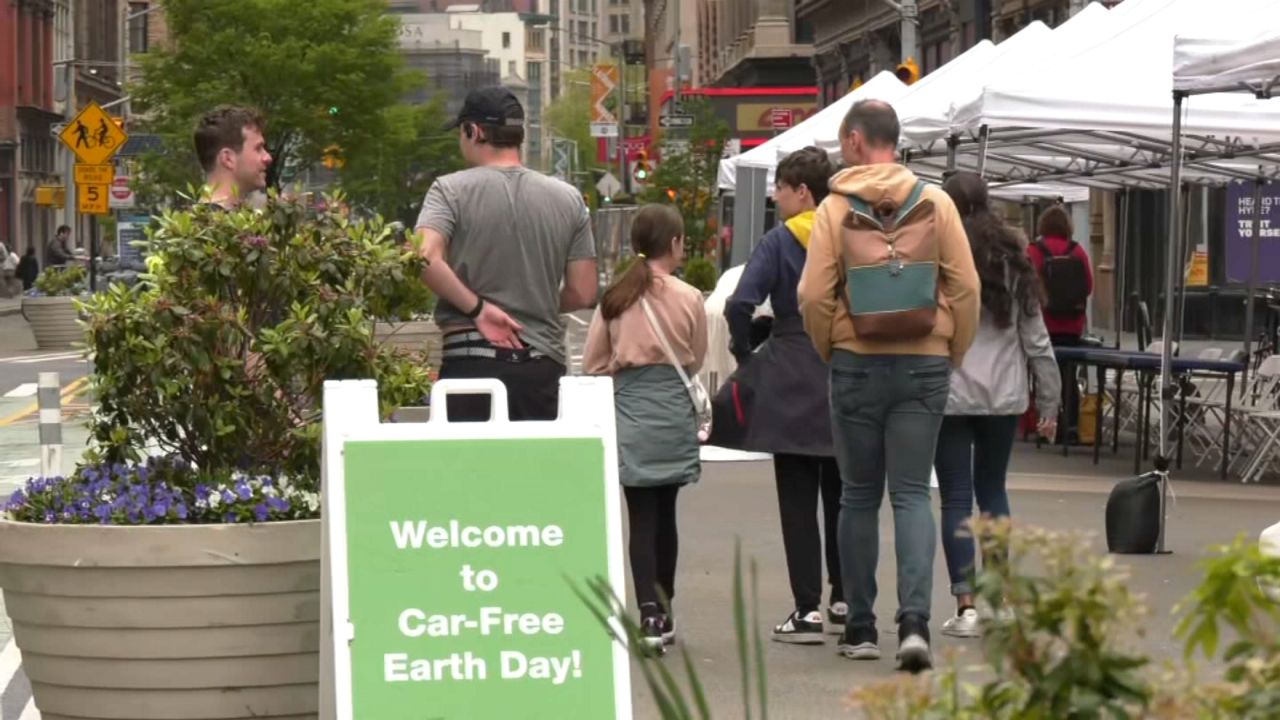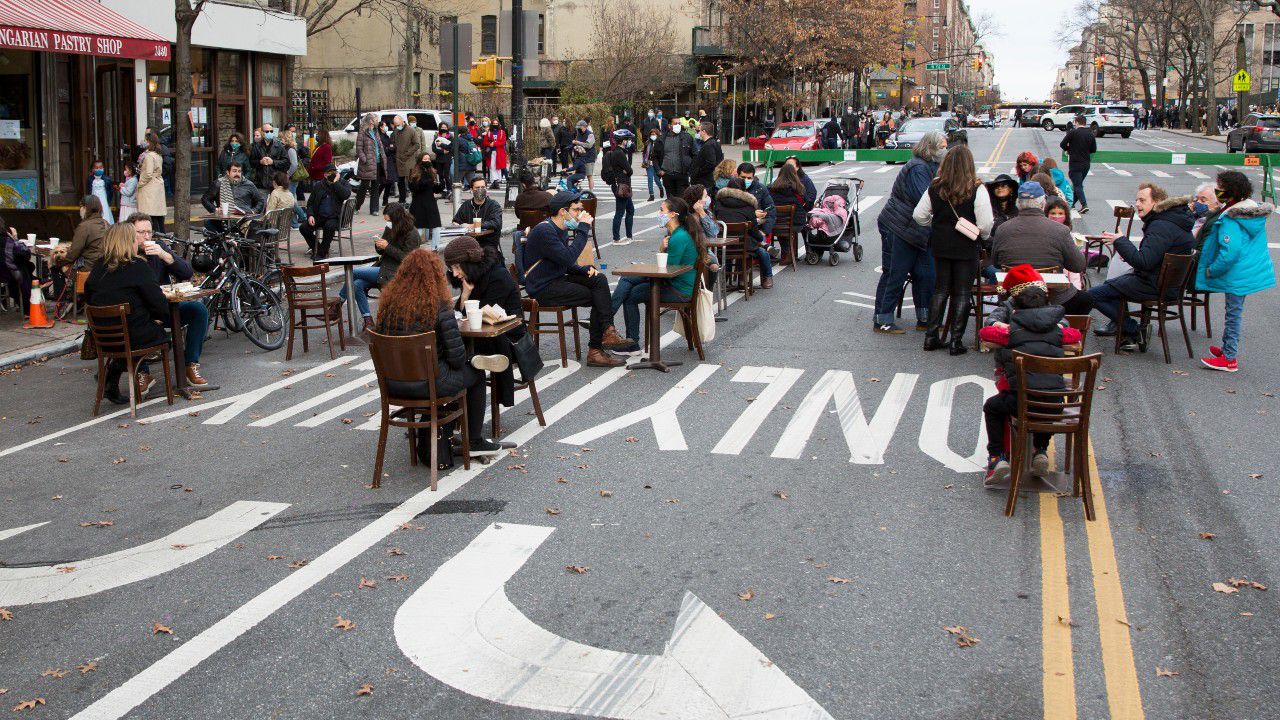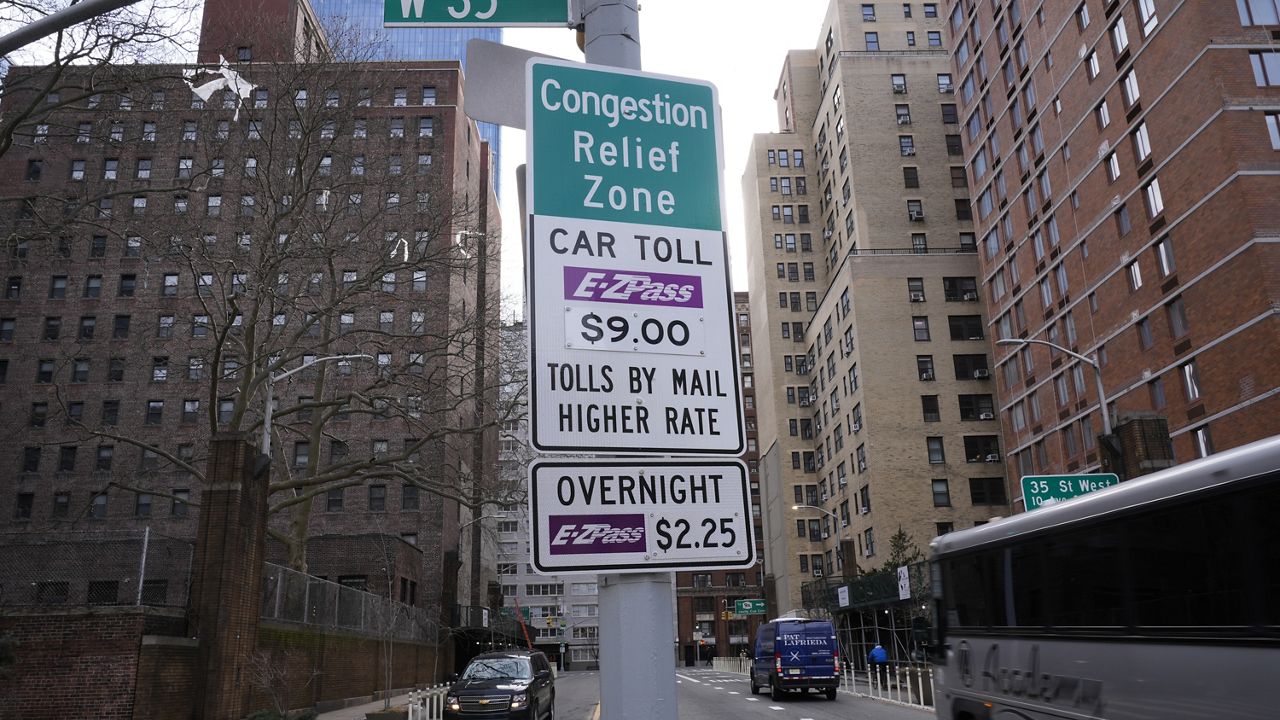The second phase of the Second Avenue subway has left the station.
What You Need To Know
- The MTA has announced the first tangible step to the second phase of the Second Avenue subway line, which will push the Q train to 125th Street, by awarding a contract for utility relocation to CAC Industries, Inc.
- Phase two has been split into four steps. The first step, utility relocation, is expected to take a little over three years
- The phase is estimated to cost more than $7 billion. New York received $3.5 billion from the federal government
The MTA on Monday announced the first tangible step to push the Q train to 125th Street, awarding a contract for utility relocation to CAC Industries, Inc.
The company is expected to begin the work in March.
“So March is our first contract with CAC Industries,” said Marc Roche, MTA deputy chief development officer and project executive. “About $180 million total to start off with. It’s all the utilities to do. Get them out of the way and that’s the precursor for beginning to dig the big hole.”
The Second Avenue subway will extend north from 96th Street and have stops at 106th, 116th and 125th streets.
The first phase of the Second Avenue subway opened in 2017. The Q train extended from 57th Street and Seventh Avenue to 96th Street. It added stations at 72nd Street and 86th Street as well.
The MTA said the Second Avenue subway extension to 125th Street in East Harlem will now be completed after between 2030 to 2039.
The utility relocation is expected to take a little over three years and includes: the relocation of the underground utilities from 105th Street to 110th Street, temporary streetscape modifications, such as new bike lanes, and building remediation in preparation for a new 106th Street subway station.
Phase two is estimated to cost more than $7 billion. New York received $3.5 billion from the federal government and is on the hook for the rest.
The MTA is planning to use congestion pricing to fund a significant portion of the remaining costs, which is contingent upon the timely rollout of congestion pricing, which is expected to start this spring.
MTA officials said they’re not just building a subway line. They’re also accelerating the development of upper Manhattan.
“To realize what the community has planned beyond what we’re doing is just phenomenal and I keep on having to remind myself it’s just not subways that we’re building,” Roche said. “We are building the Bronx in the upper Bronx here right now and we think that’s exactly what the MTA should be doing.”
The news came after Gov. Kathy Hochul recently announced consideration of a plan to extend the Second Avenue subway to West Harlem via 125th Street while adding three new stops.
If it happens, it will probably happen far in the future.
There are a few lawsuits challenging congestion pricing working their way through the courts that could delay the rollout of congestion pricing. Though agency heads said they’re confident those will be resolved quickly.







